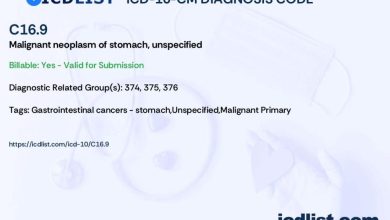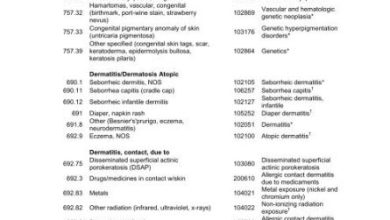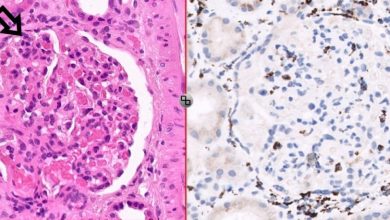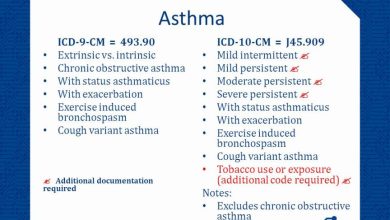Exploring The Role Of ICD-10 Codes In Occupational Therapy
Occupational Therapy ICD-10 Code
Occupational therapy is a crucial aspect of healthcare that focuses on helping individuals improve their ability to perform daily activities. In order to properly document and bill for occupational therapy services, healthcare providers use specific diagnostic codes. One such code is the ICD-10 code for occupational therapy.
What is the ICD-10 Code for Occupational Therapy?
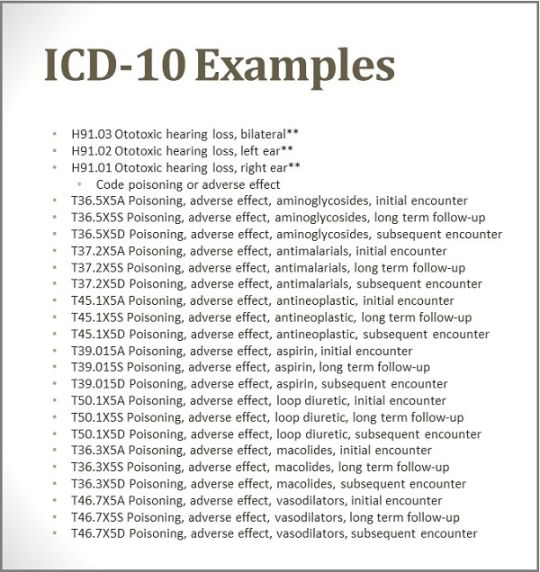
The ICD-10 code for occupational therapy is Z51.89. This code is used to indicate that a patient is receiving occupational therapy services as part of their treatment plan. It is important for healthcare providers to accurately code for occupational therapy services in order to ensure proper reimbursement and documentation.
Code Information

The ICD-10 code Z51.89 falls under the category of Encounter for other specified aftercare. This code is used when a patient is receiving ongoing care or therapy for a specific condition, in this case, occupational therapy.
Diagnostic Related Groups (MS-DRG)

There is no specific MS-DRG related to the ICD-10 code for occupational therapy, as it is used for outpatient services. However, healthcare providers may use this code in conjunction with other codes to accurately reflect the services provided to a patient.
Convert to ICD-9 Code

Prior to the implementation of ICD-10, the equivalent code for occupational therapy was V57.89. This code was used to indicate that a patient was receiving occupational therapy services. Healthcare providers who are still using ICD-9 coding systems may need to convert this code to ensure accurate billing and documentation.
Code History
The ICD-10 code Z51.89 was officially implemented on October 1, 2015, as part of the transition from ICD-9 to ICD-10 coding systems. This change was made in order to provide more specific and detailed codes for healthcare providers to use in their documentation and billing practices.
Approximate Synonyms
Some approximate synonyms for the ICD-10 code Z51.89 include Aftercare involving occupational therapy, Occupational therapy aftercare, and Encounter for occupational therapy. These synonyms may be used interchangeably with the official code in medical documentation.
Clinical Information
Occupational therapy is a type of healthcare that focuses on helping individuals improve their ability to perform daily activities, such as self-care, work, and leisure activities. It is often used to treat a wide range of conditions, including physical disabilities, mental health disorders, and developmental delays.
Causes
The need for occupational therapy services can be caused by a variety of factors, including injuries, illnesses, congenital conditions, and age-related issues. Healthcare providers may recommend occupational therapy as part of a comprehensive treatment plan to help patients regain function and independence in their daily lives.
Symptoms
Some common symptoms that may indicate a need for occupational therapy services include difficulty with self-care tasks, limited mobility, cognitive impairments, and challenges with activities of daily living. Individuals who experience these symptoms may benefit from the expertise of an occupational therapist.
Diagnosis
Occupational therapy services are typically recommended by a healthcare provider based on a thorough evaluation of the patient’s needs and abilities. The occupational therapist will assess the patient’s strengths, limitations, and goals in order to develop a personalized treatment plan that addresses their specific needs.
Treatment
The goal of occupational therapy is to help individuals improve their ability to perform daily activities and participate in meaningful roles and activities. Treatment may include a combination of therapeutic exercises, adaptive equipment, environmental modifications, and education to promote independence and function.
Overall, the ICD-10 code for occupational therapy is a valuable tool for healthcare providers to accurately document and bill for services provided to patients. By understanding the code and its significance, providers can ensure that patients receive appropriate care and support in their rehabilitation journey.
Conclusion
In conclusion, occupational therapy is an essential aspect of healthcare that helps individuals improve their ability to perform daily activities. The ICD-10 code Z51.89 is used to indicate that a patient is receiving occupational therapy services as part of their treatment plan. By accurately documenting and coding for these services, healthcare providers can ensure proper reimbursement and documentation for the care provided to their patients.
FAQs




